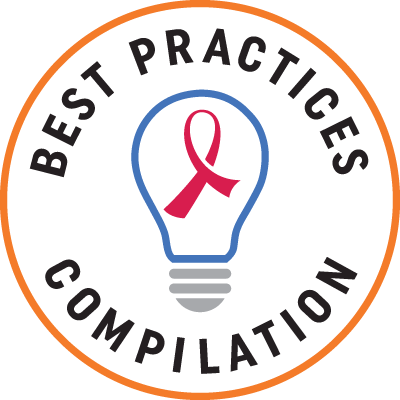Part B - States/Territories
Part B of HRSA's Ryan White HIV/AIDS Program (RWHAP) funds States and Territories to deliver HIV/AIDS care, including HIV/AIDS medications under the AIDS Drug Assistance Program (ADAP). Part B addresses care needs across many cities and rural regions. Recommendations about service priorities are typically made by statewide planning groups or regional and local consortia. States then advertise and award contracts to agencies to deliver services. HRSA project officers and technical assistance/training services help Part B programs conduct planning; deliver care (with attention to quality, clinician training, and data reporting); and manage their grant funds. Learn more about Part B—formula and supplementary grants, ADAP, eligible services, and more.
- RWHAP programs can contact HRSA project officers and technical assistance and training partners for support.
- Use the Ryan White Community Map or Program Locator to find a RWHAP recipient or an Ending the HIV Epidemic contact. Alternatively, see NASTAD's listing of Part B staff.
Questions? Email [email protected]
Website
- HRSA HIV/AIDS Bureau (HAB)
Best Practices
- NASTAD
- Best Practices Compilation
- Best Practices Compilation
- Best Practices Compilation
Technical Assistance
HRSA recipients' first point-of-contact for managing federal grants and accessing training and technical assistance.
TAP-in supports the 47 EHE jurisdictions funded by HRSA to strengthen their EHE work plans, promote cross-jurisdictional learning, and ensure jurisdictions have access to the resources they need. Project period: 2020-2025.
TA and training on administration of Ryan White ADAPs and Part B planning and management. Project period: 2022-2027.
Help with the RSR, ADR, CDR, EHE, HIVQM, and AETC data systems. Project period: 2020-2025.
- The SCP delivers TA aimed at strengthening healthcare system engagement in local EHE efforts by supporting the coordination of planning activities, alignment of funding sources, and program implementation. Project period: 2020-2025.
Help with HRSA Electronic Handbooks (EHB) - 877-464-4772 - 8am-8pm ET, M-F - Contact HRSA About the EHB

Support for Part A and B recipients and their planning bodies around integrated HIV/AIDS planning efforts. Project period: 2016-2027.
 Initiative documenting best practice strategies and interventions that have been shown to improve HIV outcomes in a "real world" setting and can be replicated by other programs. Project period: 2021-2024.
Initiative documenting best practice strategies and interventions that have been shown to improve HIV outcomes in a "real world" setting and can be replicated by other programs. Project period: 2021-2024.- Interactive data tool to visualize the reach, impact, and outcomes of the RWHAP. HRSA offers office hours and webinars to help use the tool.
RSR, ADR, HIVQM, PTR, AETC, DSR, GCMS, EHE - 888-640-9356 - 10am-6:30pm ET, M-F [email protected] Project period: 2022-2026.